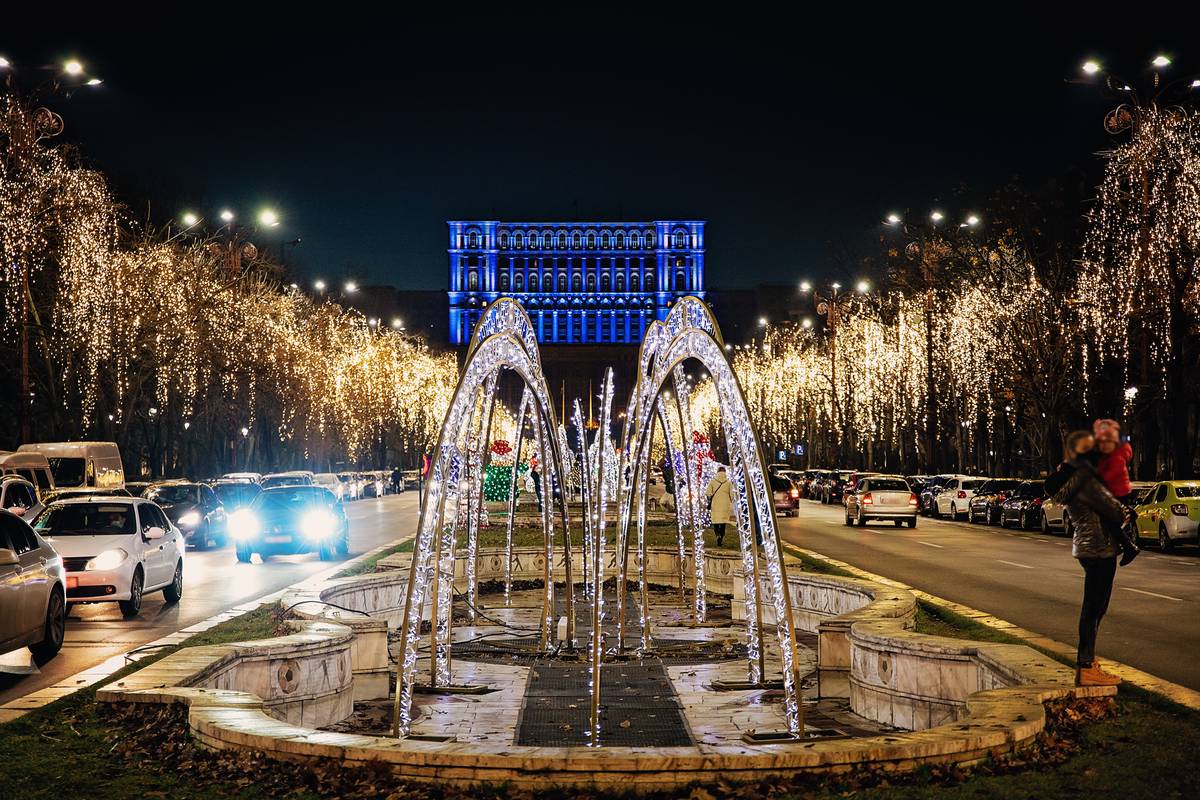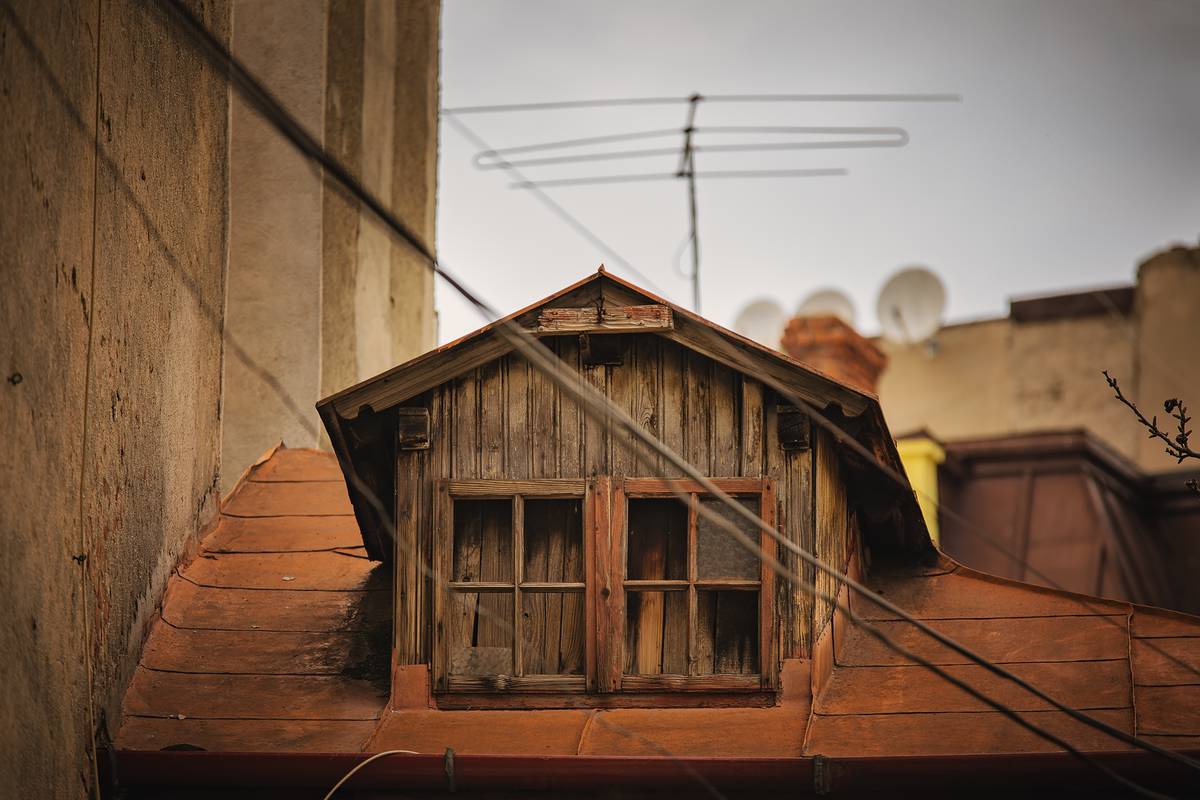What is Flash Photography?
Flash photography involves the use of a flash unit to provide artificial light, either in low-light conditions or to fill in shadows in bright environments. The flash unit emits a burst of light at the precise moment the camera's shutter is open, illuminating the scene and allowing for better exposure and clarity. Flash can be built into the camera (built-in flash) or attached externally (external flash or speedlight). Understanding how to manipulate this light source is key to mastering flash photography.
Types of Flash
There are different types of flash, each with specific uses:
1. Built-In Flash: Integrated into the camera, this flash is convenient but often limited in power and flexibility. It's great for casual snapshots but may create harsh shadows and red-eye effects.
2. External Flash (Speedlight): This is a more powerful, portable flash that can be attached to your camera's hot shoe. It offers greater control over the direction and intensity of light.
3. Studio Strobes: These are larger, more powerful lights typically used in studio settings. They are ideal for portrait and fashion photography, where precise light control is essential.
4. Ring Flash: A circular flash that fits around the camera lens, providing even lighting with minimal shadows, often used in macro photography and portraiture.
Why Use Flash?
Flash isn't just for low-light situations; it serves several important functions:
• Fill Light: Flash can be used to fill in shadows, particularly in bright outdoor conditions. This helps to balance the exposure and reduce harsh contrasts.
• Freeze Motion: The quick burst of light from a flash can freeze fast-moving subjects, making it ideal for capturing action shots.
• Enhance Details: Flash helps to bring out textures and details that might otherwise be lost in shadow, giving your images more depth and clarity.
• Creative Effects: Flash can be used creatively to create dramatic lighting effects, such as backlighting, silhouettes, or high-contrast scenes.
Basic Techniques for Effective Flash Photography
To achieve the best results with flash, consider these basic techniques:
Bounce Flash: Instead of pointing the flash directly at your subject, aim it at a nearby surface (like a wall or ceiling) to soften the light and reduce harsh shadows. This is known as bounce flash and is one of the most effective ways to achieve natural-looking lighting.
Diffuse Your Flash: Using a diffuser or softbox attachment on your flash can help scatter the light, making it softer and more flattering for portraits.
Use Flash Compensation: Most cameras and flash units allow you to adjust the flash output. Flash compensation lets you fine-tune the intensity of the flash, preventing overexposed or underexposed images.
Syncing Your Flash: Sync speed refers to the fastest shutter speed at which your camera can sync with the flash. For most cameras, this is around 1/200th or 1/250th of a second. High-speed sync allows you to use faster shutter speeds, which is useful in bright conditions.
Rear-Curtain Sync: This technique fires the flash at the end of the exposure rather than at the beginning. It's particularly useful for capturing motion blur with a sharp subject, creating dynamic effects.

- Share:







Recent Comments